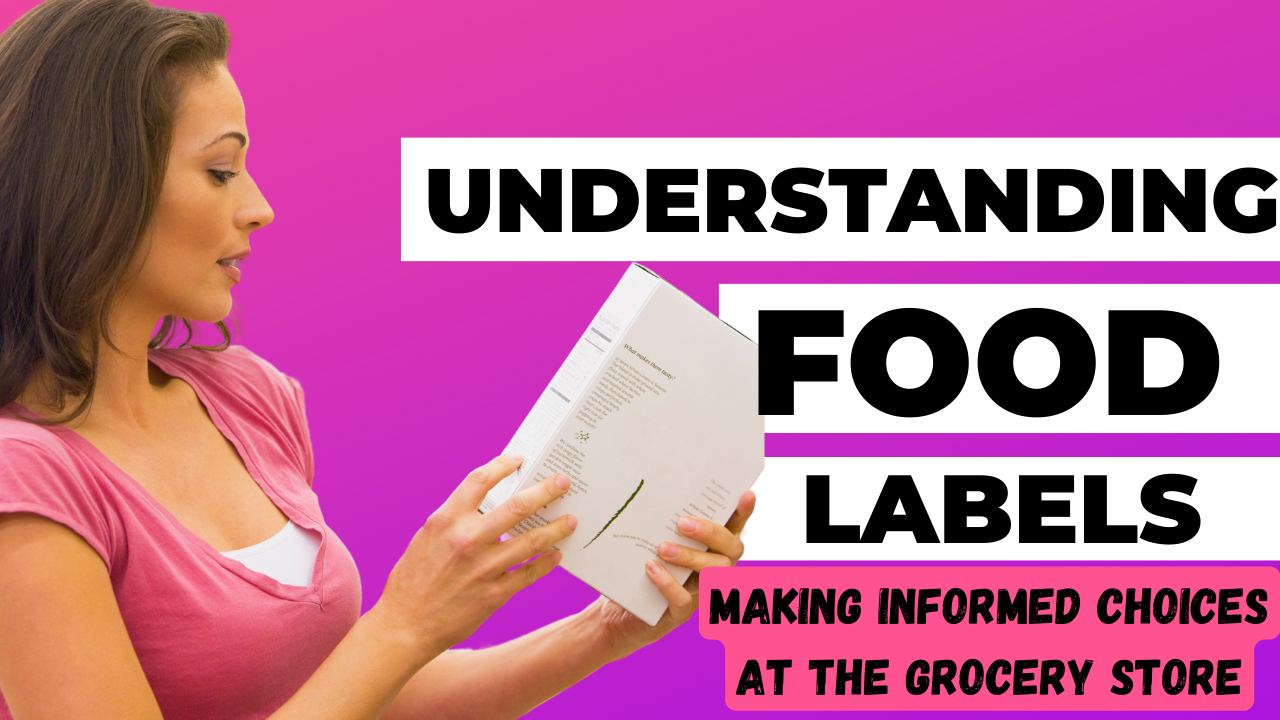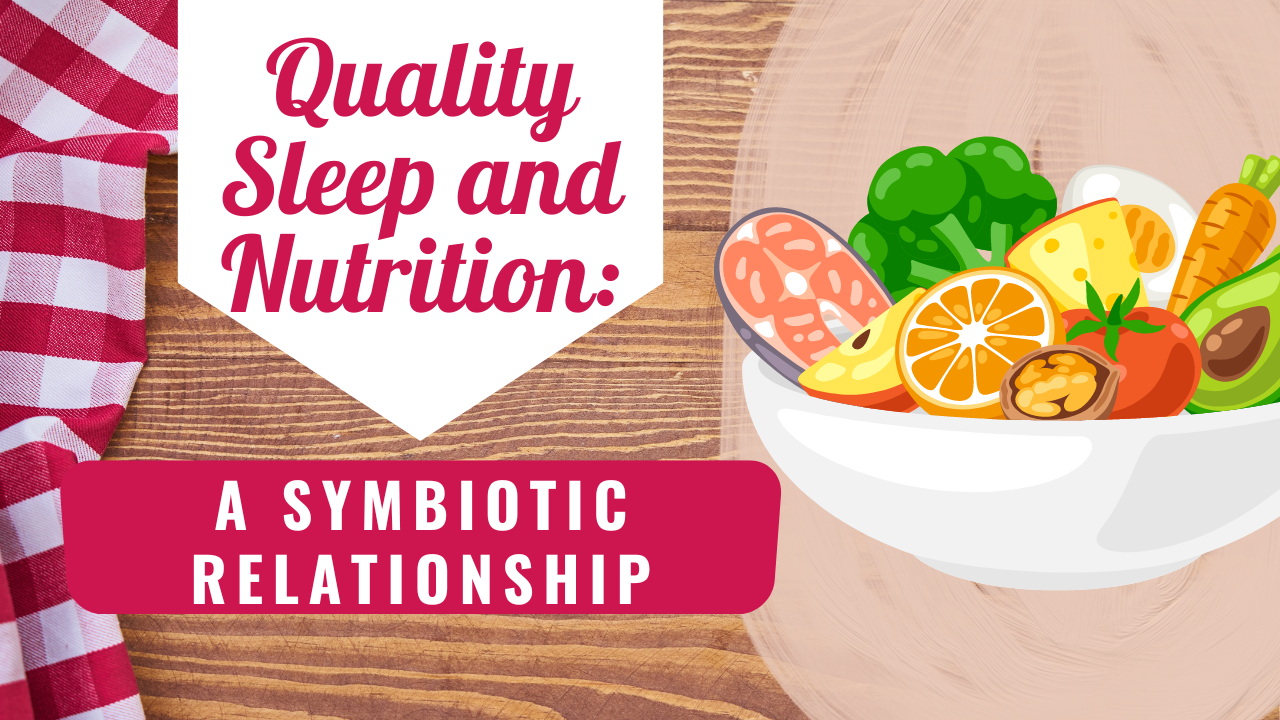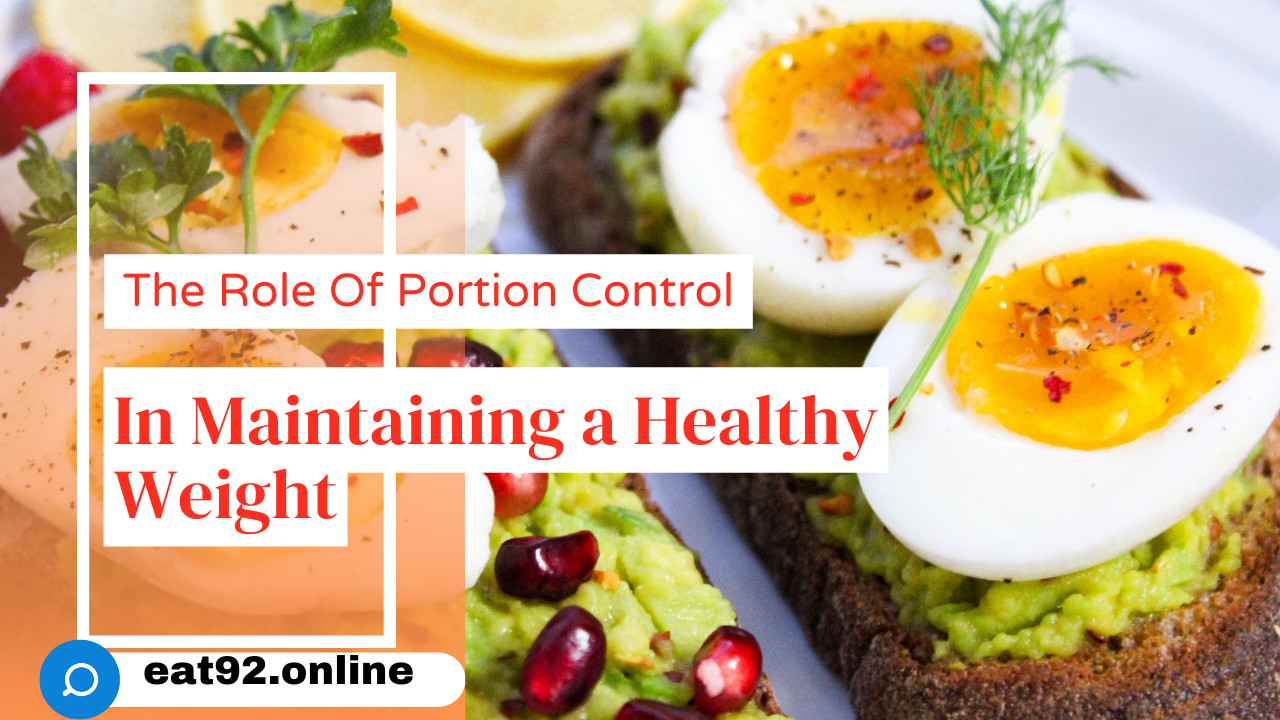Understanding Food Labels: Making Informed Choices at the Grocery Store

Are you confused when it comes to deciphering those complex food labels at the grocery store? Do words like “organic,” “whole grain,” or “low-fat” leave you scratching your head? Understanding food labels is essential for making informed choices about the food we consume.
In this article, we will delve into the world of food labels and demystify the terminology used, empowering you to make healthier choices when shopping. From understanding the nutritional information to decoding ingredient lists, we will provide you with the tools you need to navigate the aisles with confidence. In this comprehensive guide we will tell you about Understanding Food Labels: Making Informed Choices at the Grocery Store
As experts in the field of nutrition, we recognize the importance of knowing what is in the food we eat. We will highlight key aspects of food labels, such as the significance of serving sizes and the importance of checking for added sugars and artificial additives. Armed with this knowledge, you will be equipped to choose food products that align with your health goals.
Join us as we unravel the mysteries of food labels and take control of your grocery shopping experience. It’s time to make informed choices that nourish your body and support your well-being.
Importance of Understanding Food Labels
Food labels provide vital information about the nutritional content and ingredients in the products we buy. Understanding these labels can help us make informed decisions about the food we consume. By deciphering the information on food labels, we can choose products that align with our dietary needs and health goals.
Food labels are not just about calorie counts and fat content. They also provide information about the presence of allergens, artificial additives, and added sugars. By understanding these labels, we can avoid potential allergens, make conscious choices about artificial ingredients, and reduce our intake of added sugars.
Key Information on Food Labels
Before we dive into decoding food labels, let’s take a look at the key information you can find on them. Every food label provides essential details that can help you understand the product better and make informed choices. Here are some of the key elements you will typically find on food labels:
- Serving Size: This indicates the recommended portion size for the product. It is important to pay attention to the serving size as it affects the nutritional information provided.
- Calories: The calorie count tells you how much energy you will get from consuming a particular serving size of the product. This information is crucial for managing your daily calorie intake.
- Nutritional Information: This section provides details about the macronutrients (carbohydrates, fats, and proteins) and micronutrients (vitamins and minerals) present in the product. It also includes information on cholesterol, sodium, and fiber content.
- Ingredients: The ingredients list provides a breakdown of the components used to make the product. It is listed in descending order of quantity, with the primary ingredient mentioned first.
Decoding Nutritional Information
Understanding the nutritional information on food labels is crucial for making informed choices about the products we buy. Here are some key points to consider when deciphering the nutritional information:
- Macronutrients: Pay attention to the amounts of carbohydrates, fats, and proteins present in the product. These macronutrients provide energy and are essential for a balanced diet. Be mindful of the types of fats and carbohydrates present, opting for healthier options whenever possible.
- Micronutrients: Check the vitamin and mineral content of the product. Look for products that are rich in essential vitamins and minerals, such as iron, calcium, and vitamin C.
- Sodium and Cholesterol: Keep an eye on the sodium and cholesterol content, especially if you have specific dietary restrictions or health concerns. High sodium and cholesterol levels can contribute to various health issues, including heart disease.
- Added Sugars: Many processed foods contain added sugars, which can contribute to weight gain and other health problems. Check the sugar content and opt for products with lower or no added sugars.
Common Food Label Claims and Their Meanings
Food labels often include various claims that can influence our buying decisions. However, it is essential to understand the true meaning behind these claims to make informed choices. Here are some common food label claims and their actual meanings:
- Organic: Products labeled as “organic” are made without the use of synthetic pesticides, fertilizers, or genetically modified organisms (GMOs). They are produced using environmentally friendly practices.
- Whole Grain: When a product is labeled as “whole grain,” it means that it contains all parts of the grain, including the bran, germ, and endosperm. Whole grain products are rich in fiber and other nutrients.
- Low-Fat: This claim indicates that the product has a reduced fat content compared to the original version. However, it is important to check for added sugars or artificial additives that may compensate for the reduced fat.
- Gluten-Free: Products labeled as “gluten-free” do not contain gluten, a protein found in wheat, barley, and rye. This claim is important for individuals with gluten sensitivities or celiac disease.
Tips for Reading Food Labels Effectively
Reading food labels can be overwhelming, but with these tips, you can navigate them more effectively:
- Start with the serving size: Pay attention to the recommended serving size and adjust your portion accordingly. This will help you calculate the nutritional content accurately.
- Check the calorie count: Be mindful of the calorie content, especially if you are watching your weight or managing a specific health condition.
- Look for whole ingredients: Opt for products made with whole, natural ingredients rather than those containing artificial additives or preservatives.
- Compare similar products: When choosing between similar products, compare their nutritional information to make the best choice for your health goals.
Allergen Labeling and Considerations
Food labels play a crucial role in informing consumers about potential allergens present in the product. Allergen labeling helps individuals with food allergies or intolerances avoid products that could trigger an adverse reaction. Common allergens that must be declared on food labels include:
- Milk
- Eggs
- Peanuts
- Tree nuts (such as almonds, cashews, walnuts)
- Wheat
- Soy
- Fish
- Shellfish
If you have food allergies or intolerances, it is essential to carefully read food labels to avoid potential allergens.
Understanding Serving Sizes and Portion Control
Serving sizes on food labels can be deceiving, leading to overconsumption and inaccurate nutritional calculations. Understanding serving sizes and practicing portion control is crucial for maintaining a healthy diet. Here are some tips to help you navigate serving sizes and control portions:
- Measure your portions: Use measuring cups or a food scale to accurately portion your meals and snacks.
- Be mindful of packaged snacks: Snack-sized packages often contain multiple servings, so be aware of the actual portion size and adjust your consumption accordingly.
- Listen to your body: Pay attention to your body’s hunger and fullness cues to avoid overeating. Stop eating when you feel satisfied, even if there is food left on your plate.
Interpreting Ingredient Lists
Ingredient lists provide valuable information about the components used to make a product. Here are some tips for interpreting ingredient lists:
- Avoid artificial additives: Look out for artificial additives, such as artificial sweeteners, flavors, and colors. Opt for products with natural ingredients whenever possible.
- Watch out for hidden sugars: Sugar can hide under various names, such as high-fructose corn syrup, maltose, and dextrose. Be vigilant in identifying added sugars in the ingredient list.
- Recognize allergenic ingredients: If you have allergies or intolerances, carefully scan the ingredient list for potential allergens. Cross-check with the allergens you need to avoid.
Making Informed Choices Based on Food Labels
Now that you have a better understanding of food labels, it’s time to put that knowledge into action. Here are some tips for making informed choices based on food labels:
- Prioritize whole, unprocessed foods: Whenever possible, choose whole, unprocessed foods over heavily processed options. These foods are often more nutrient-dense and contain fewer additives.
- Focus on nutrient density: Consider the nutritional value of the product. Look for foods that are rich in vitamins, minerals, and fiber.
- Balance macronutrients: Aim for a balance of carbohydrates, fats, and proteins in your diet. Choose products that provide a good balance of these macronutrients.
- Limit added sugars and artificial additives: Keep an eye on the sugar content and avoid products with excessive added sugars. Opt for products with natural ingredients and minimal artificial additives.
Conclusion: Empowering Yourself with Knowledge
Understanding food labels is a powerful tool for making informed choices at the grocery store. By deciphering nutritional information, decoding ingredient lists, and being aware of common food label claims, you can take control of your grocery shopping experience. Armed with this knowledge, you can make choices that align with your health goals and nourish your body.
Next time you visit the grocery store, don’t let confusing food labels overwhelm you. Take a moment to read and analyze the labels, considering the serving sizes, nutritional information, and ingredient lists. Your health and well-being deserve the best, and by understanding food labels, you can confidently make choices that support your overall health. Happy shopping!




